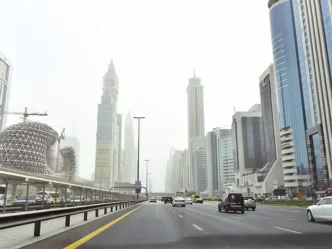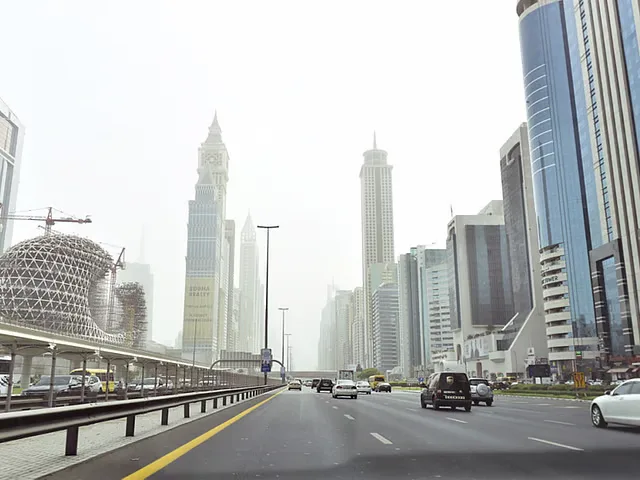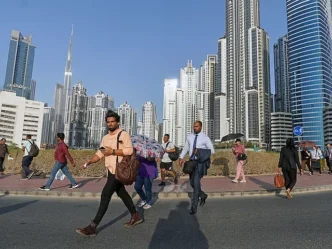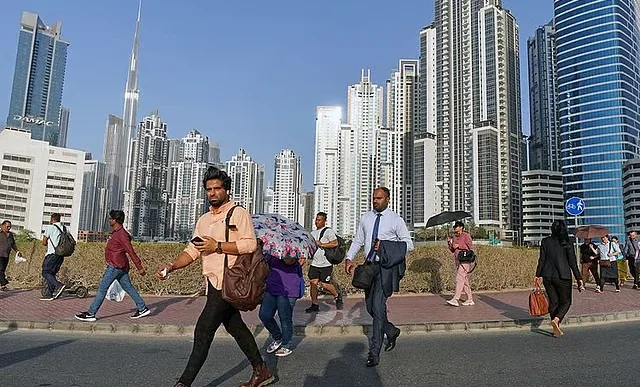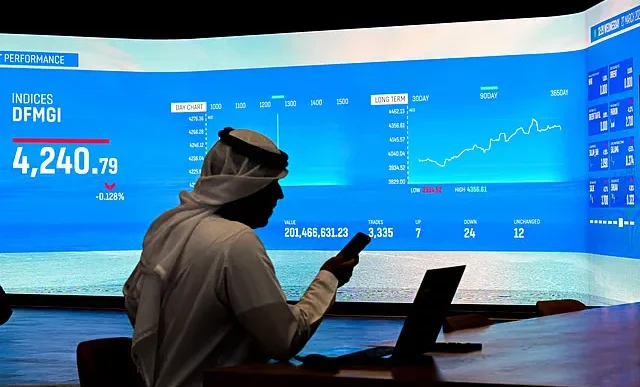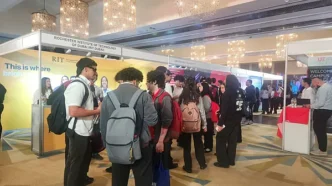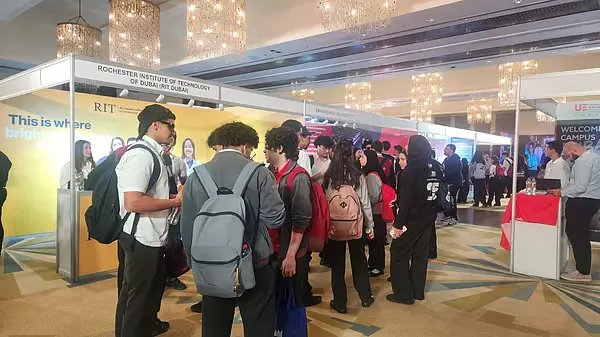Moody’s Investors Service published a report that indicated UAE property prices are expected to follow a downward trajectory in 2026. The main driver is nearly 150,000 homes scheduled to be delivered to the market, which opens the supply across Dubai, Abu Dhabi, and other emirates.
With such a volume of housing supply we would expect that not only will rents stabilize, but buyers will have more options and will reduce their affordability issues as the supply increases. In many ways, this is good news for residents as it creates a more balanced real estate sector where both buyers and tenants can negotiate with more strength.
Many experts in the real estate sector have been saying the UAE property market has held up over the past few years, with all‐time high transaction volumes in Dubai and the continued strong demand from buyers of both luxury and affordable properties. However, with supply increasing means we should expect a natural market correction to take place in the near future.
More Supply Brings Stability to UAE Property Prices
The growth in housing supply is not just about numbers, but it is also about balance. As the UAE property market adjusts prices to comply with demand and affordability, long-term investors may get access to attractive entry points.
For example, with 150,000 homes anticipated by 2026, tenants will hopefully see rent growth at a more manageable level through phases, thereby preventing the unsustainable bumps in rent that have taken place in recent years. Buyers will benefit from greater access to housing of various types designed for a wider level of what people can afford: from luxury villas to affordable apartments.
This shift can also help maintain the attractiveness of the UAE to international investors, who view real estate as a safe and tax-efficient asset class. In 2023 alone, Dubai had more than AED 500 billion property transactions (Gulf News)
with additional supply diversifying the type of investments and opportunities available.
What Falling UAE Property Prices Mean for Residents and Investors
For residents, lower property prices in the UAE mean better housing affordability and stability. Many expatriates could now have the option of buying instead of renting, due to more favorable mortgage options and competitive pricing.
For investors, the uptick in supply means there is both a risk and an opportunity. While short-term proceeds may slow, long term rental yields may stabilize, providing an ongoing incoming stream with minimal cost. Strategic buyers might want to purchase a property in prime areas of Dubai and Abu Dhabi, with the hope of capital appreciation in the next property cycle.
Real estate agents also are hopeful that decreased property prices may lead to sustainable-type development of high-quality, energy efficient housing and community-type projects. This is timely for the UAE’s more extensive Vision 2031 vision of sustainable development and livability.
Conclusion
The UAE property market is heading towards an important phase. With 150,000 new homes entering by 2026, prices are likely to dip, rents will stabilize, and residents will enjoy more choice. Investors who plan strategically may benefit from new opportunities in an evolving real estate landscape.
The implications of falling UAE property prices differ depending on perspective:
For Residents: Lower prices and stabilized rents mean more financial breathing space. Many expatriates who previously rented may now consider purchasing, aided by favorable mortgage packages and long-term residency options such as the Golden Visa.
For Investors: Although short-term capital gains may flatten, rental yields could remain competitive due to strong demand for quality housing. Investors focusing on long-term strategies and prime locations are likely to benefit from consistent returns.
Real estate analysts also point out that a slowdown in prices does not equal a market crash. Instead, it represents a healthy adjustment after years of rapid growth. This ensures sustainable development and prevents overheating of the sector.
